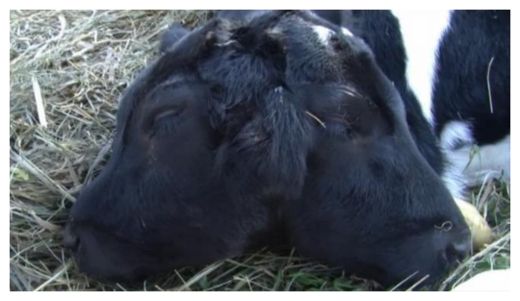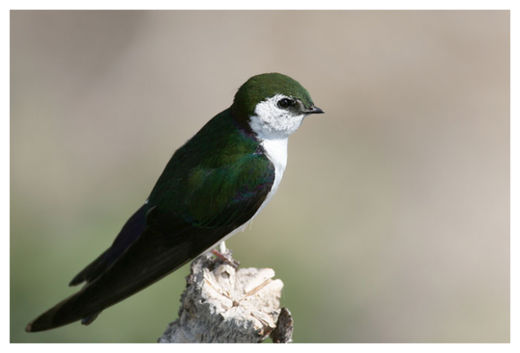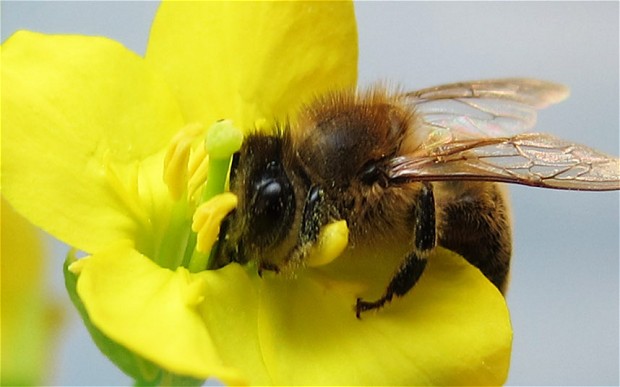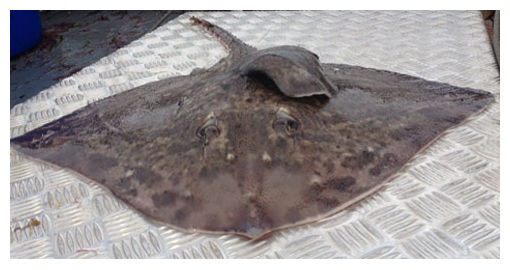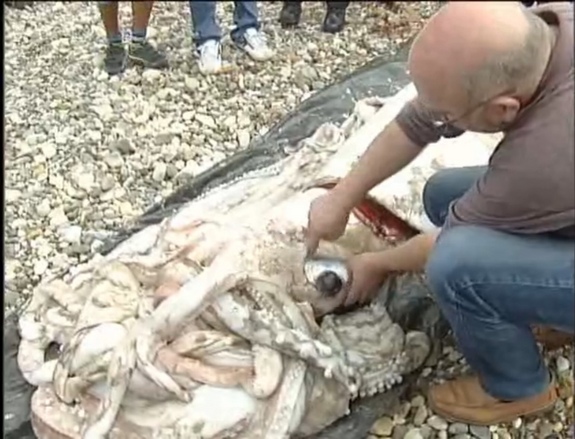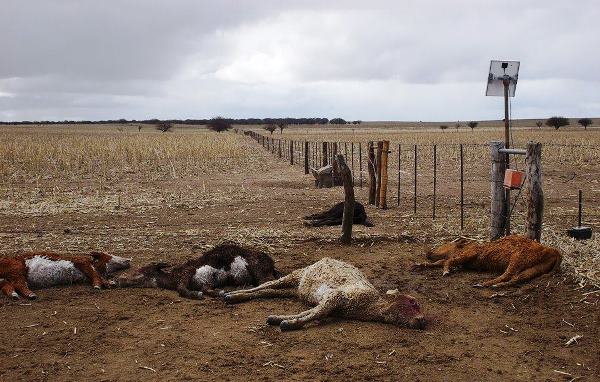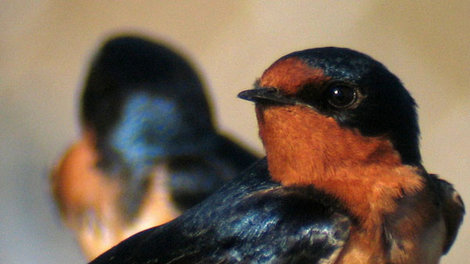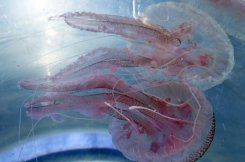- Whales washed up and died at Manon Beach in Spain
- Authorities and conservationists battled to save long-finned pilot whales
- The whales are sociable creatures and often interact with dolphins
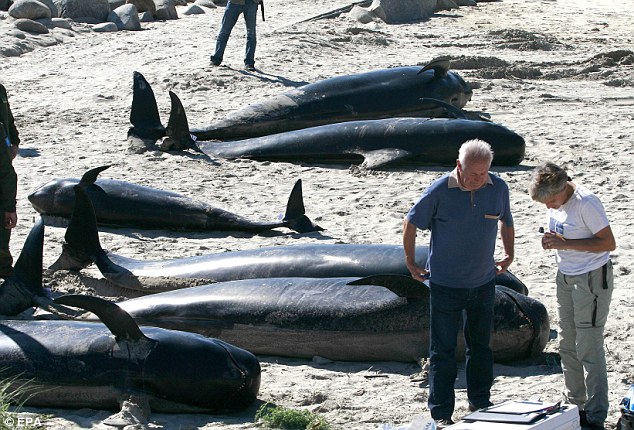
The picture shows six of the 22 long-finned pilot whale that beached on the shore, north of La Coruna, Galicia, Spain today (Monday).
Sadly 11 of the whales died on arrival to the beach and the others died later despite the efforts of the Spanish Civil Protection, environmentalists and Galicia Coordination mammalian studies.
Long-finned pilot whales or globicephala melas are very sociable and family-orientated animals and are even known to socialise with bottle nosed-dolphins
